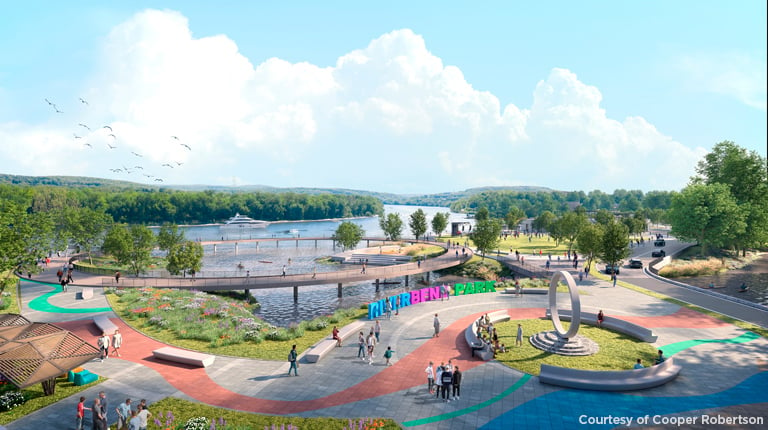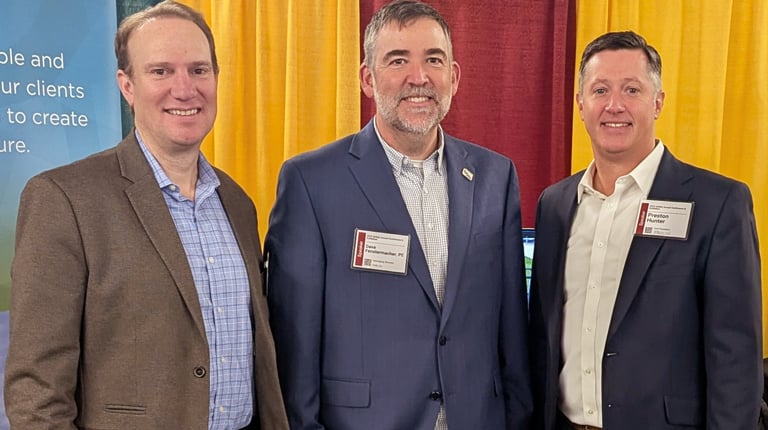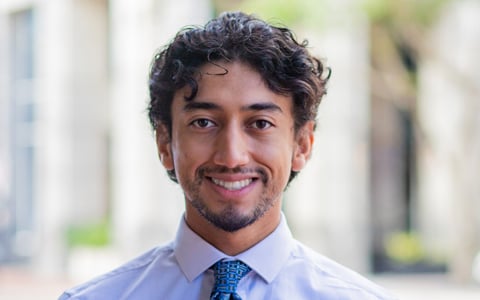
Adrian Santiago joined VHB in 2024 as a Community Planner in the VHB Tampa office. Since then, he has already contributed to significant regional projects, including the Tampa Bay Regional Post-Disaster Redevelopment Plan (PDRP). His work in our Gulf Coast planning practice is the culmination of a lifetime interest in helping communities develop sustainable and resilient practices for weathering natural disasters and adapting to new technologies.
We asked Adrian to share his career path as an emerging professional, and the importance of community planning to VHB’s work in the region.
VHB: You have a master’s degree in urban and regional planning. What sparked your interest in community planning?
Adrian: I was introduced to the field at a young age—my father was a community planner for Hillsborough County, Florida. He brought me to meetings and events and exposed me to the intricacies of the nonprofit sector where I got an early exposure to civic planning.
I joined VHB while completing my final University of Florida semester. VHB supported me in finishing my master’s degree. When I started in the summer of 2024, the Tampa metro area was hit with three hurricanes, and I immediately was working on post disaster analysis and community outreach for significant resiliency projects. But working through those disasters taught me a lot, and I’m grateful to have the opportunity to positively impact so many people’s lives in such a short time.
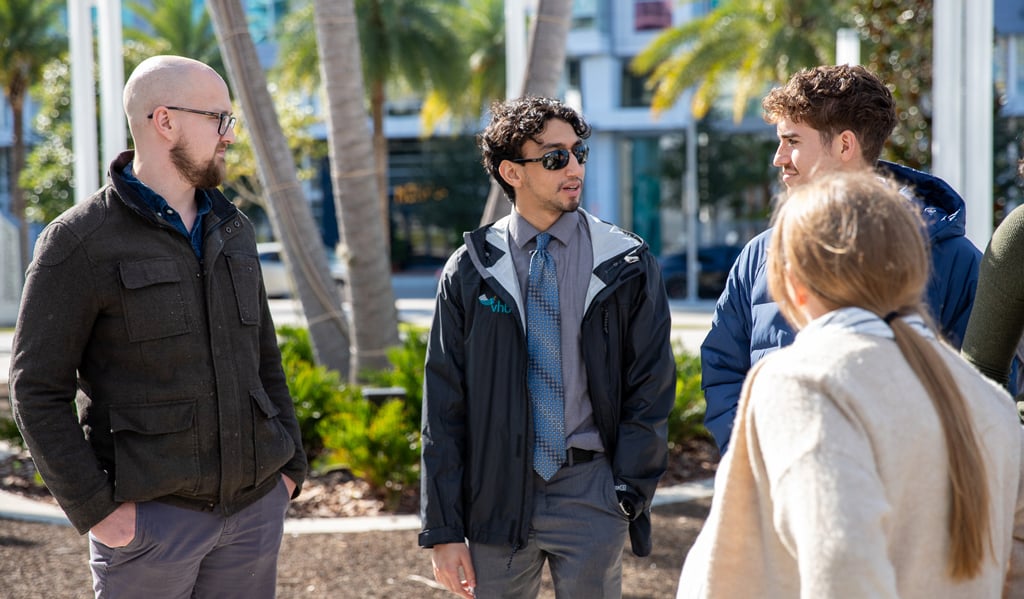
VHB: Coastal resiliency is an increasingly important issue to communities across the U.S. How has your career intersected with that?
Adrian: As a Floridian with roots in Puerto Rico—both areas that suffer significant impact from seasonal hurricanes—I learned the importance early. During my undergrad year at the University of Florida, I majored in sustainability in the built environment. Since joining VHB, my work as a planner—especially with the Tampa Bay Region Post-Disaster Redevelopment Plan (PDRP)—has been critical in helping people survive and maintain through hardship such as storms, utility outages, and resource shortages. VHB has the resources to foster development of multidisciplinary solutions in our resiliency work through blending project development & environment (PD&E) services, community outreach, and other disciplines.
VHB: Tell us more about the PDRP project and your involvement in it.
Adrian: This is a passion project for me. VHB started work on the project with the City of Tampa Department of Emergency Management in June 2024; I was brought on in August. The team had to accelerate work because of a particularly active hurricane season. The project was constituted from a $1.3 million FEMA grant project. The goal is to enhance redevelopment capacity in lieu of shifting federal and state priorities, which presented a challenge. The PDRP has the potential to impact millions of people’s lives for the better throughout the region. One of the most fulfilling aspects of being a community planner on this project is being part of the conversation for entire neighborhoods and regions, helping the public visualize big-picture topics and have necessary conversations.
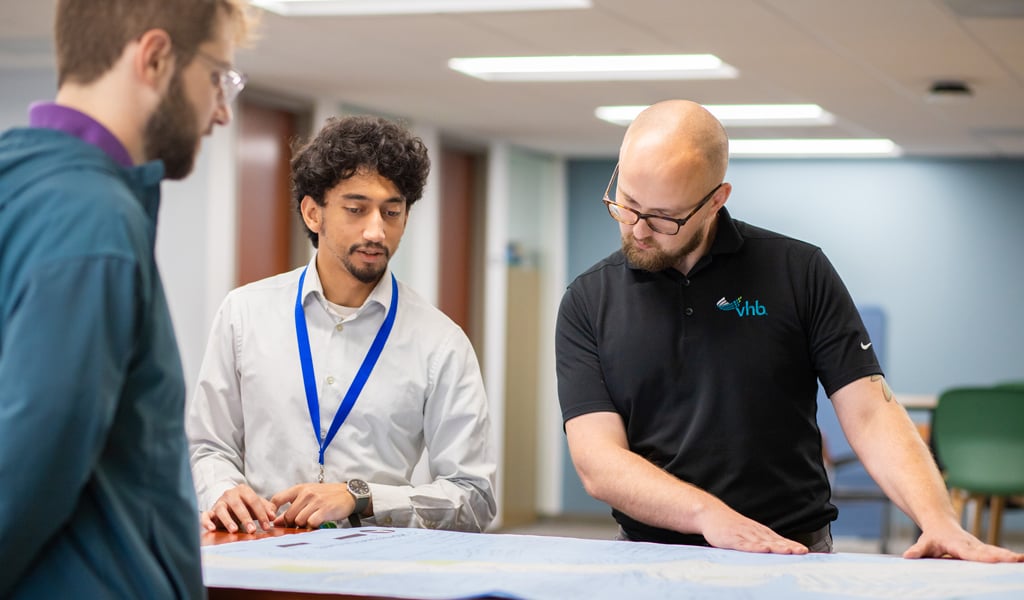
VHB: What are the emerging trends in community planning that an emerging professional should be aware of?
Adrian: We need to stay focused on geospatial analytics and data science. At VHB, I work with our GIS teams to unpack solutions at all scales—from the macro level through the survey level to the site level. Specificity and “showing your work” are very important. I was on a call with a prospective client and was able to visually demonstrate in understandable terms via a site map how our land development practice could offer an optimal solution to the client’s needs.
Another important trend is energy demand planning. Developing new technologies like rechargeable batteries and alternative energy solutions is vital to remain competitive as demand for alternative energy increases. This is especially true in Florida, a solar-abundant state with a need for solar industry capacity building.
Learn more about VHB Gulf Coast. Connect with Adrian via email or LinkedIn.

